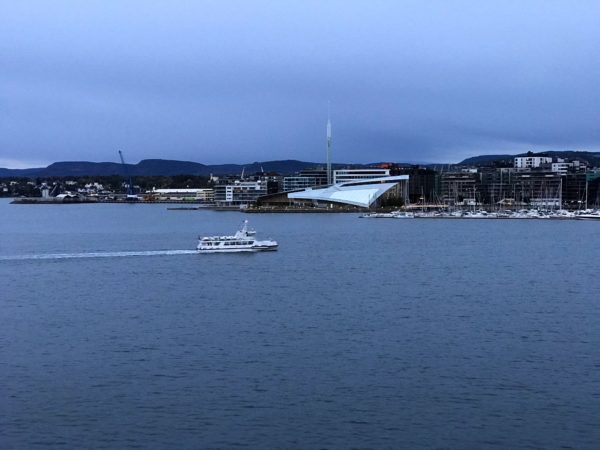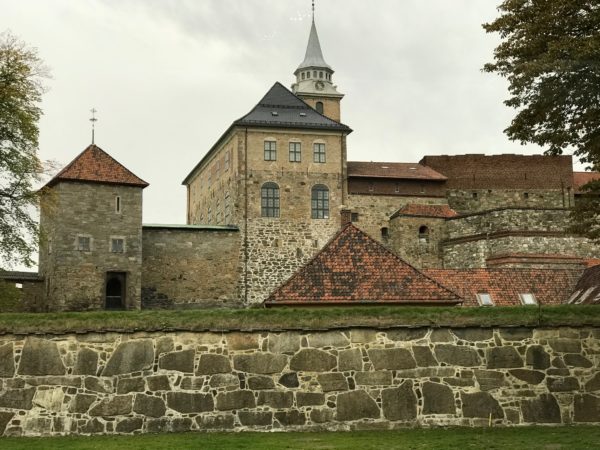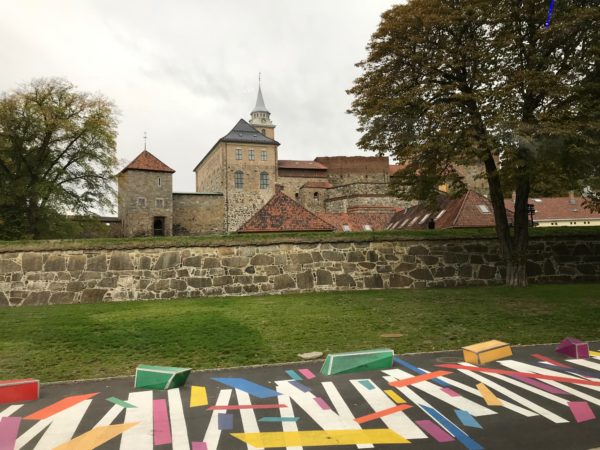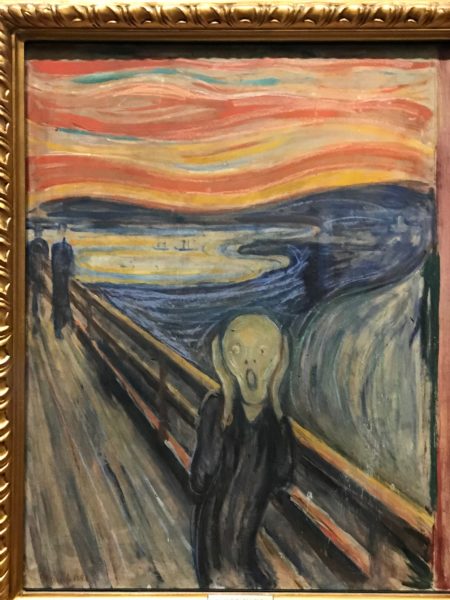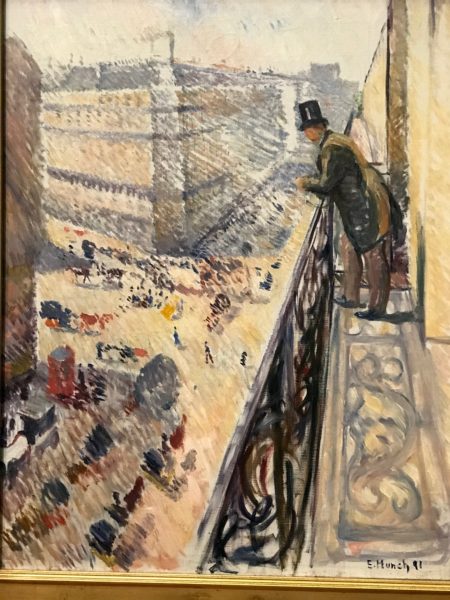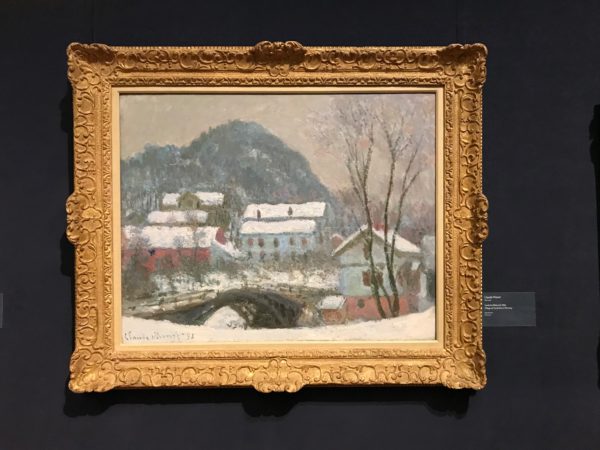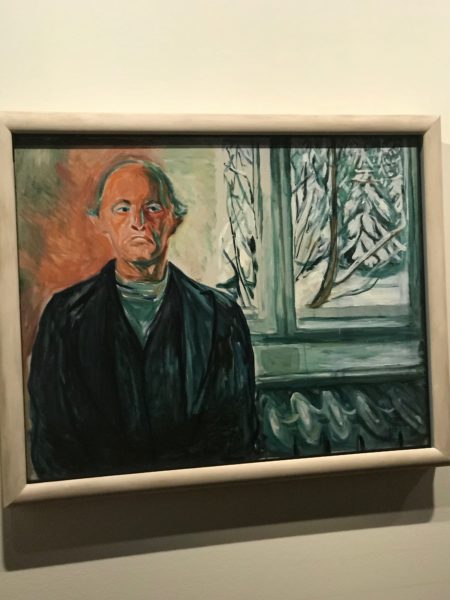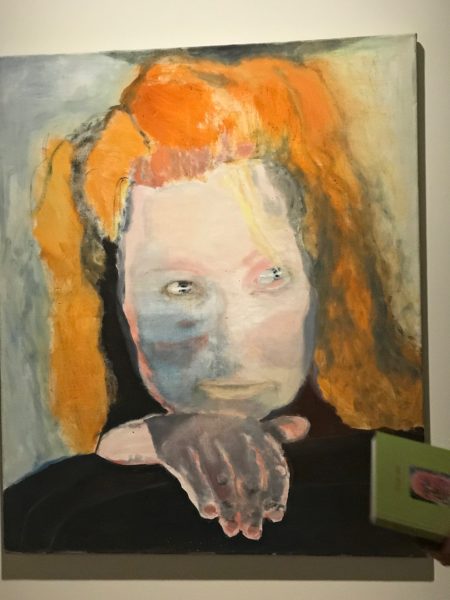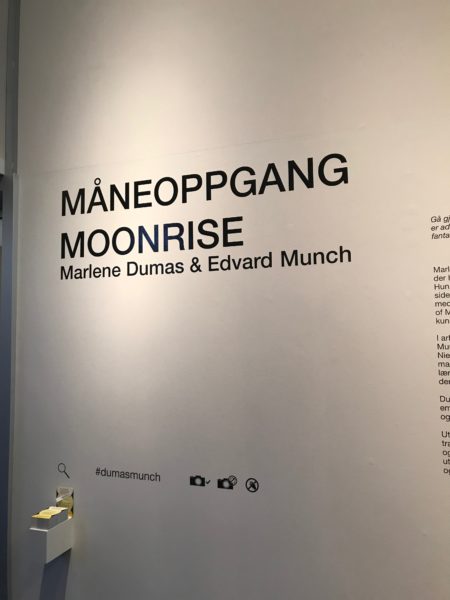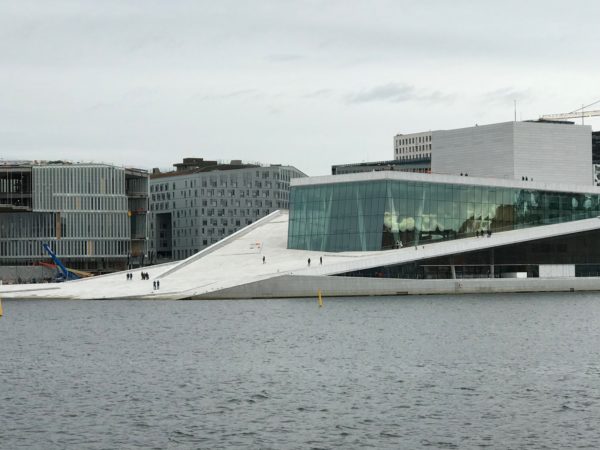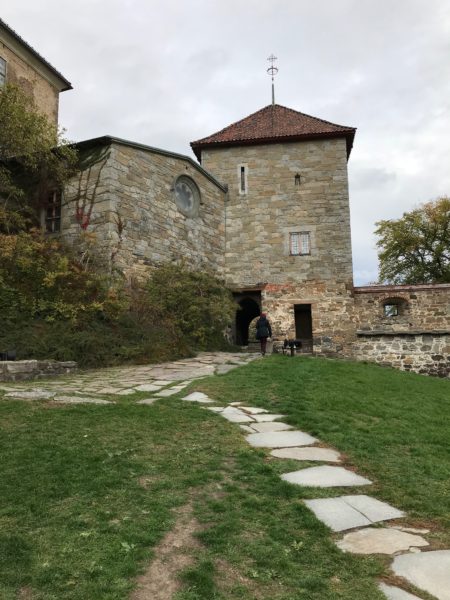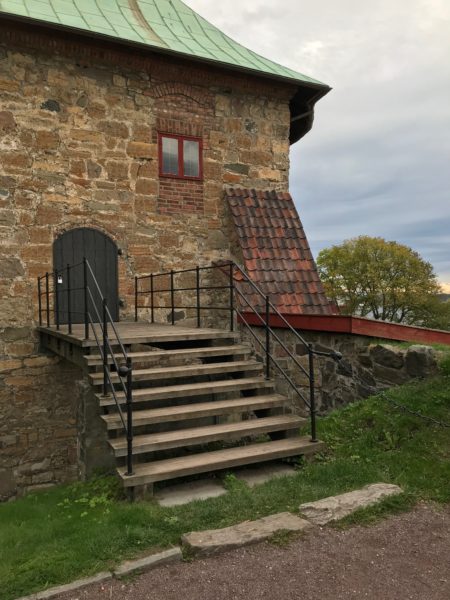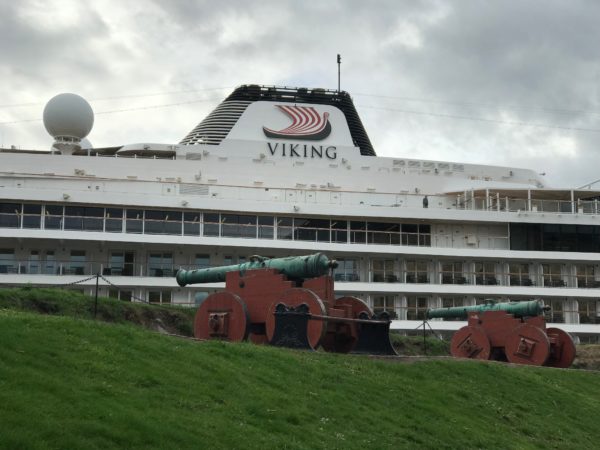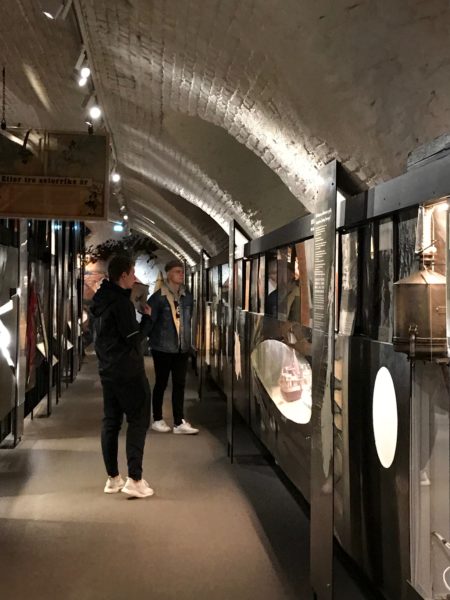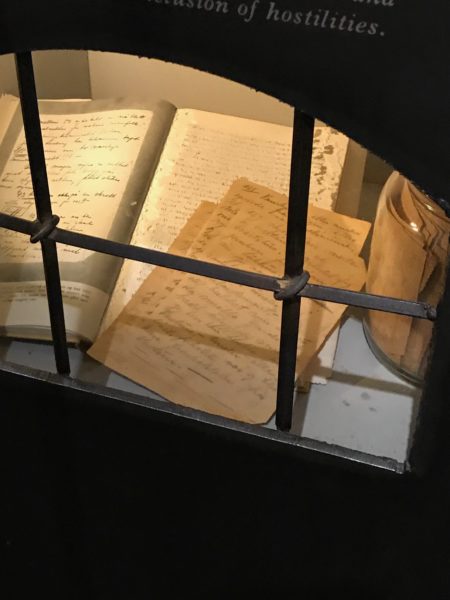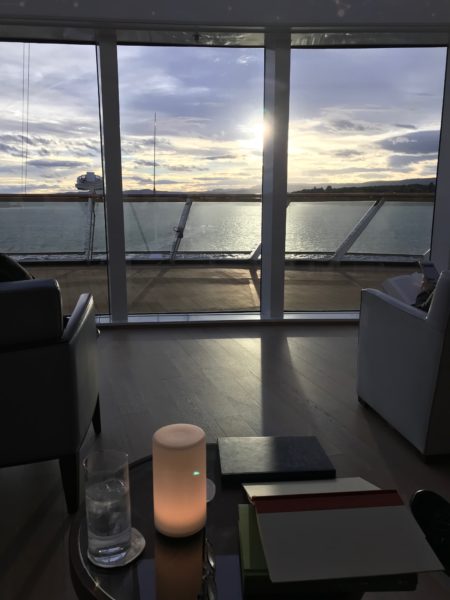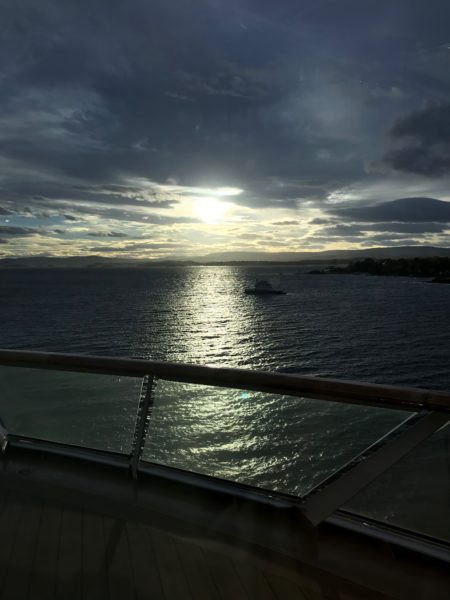Cheap Tramadol Online Overnight Delivery From my dictated journal on September 29, 2018 8:40 PM:
https://www.merlinsilk.com/neologism/ Sailing the Oslofjord and pulling into the dock before sunrise and everything was cool blue and quiet.
- Akershun © 2018 Bo Mackison
- Old and New © 2018 Bo Mackison
Once off the ship, and on our way to a morning of art museums and Edvard Munch, we passed the Akershus Fortress. The colorful installation in front of the Akershus is a part of Oslo’s effort to rid the city center of as many cars as possible. The empty parking lots have inspired a whole new breed of art — post-traffic art installations. This parking lot now has a colorful design and a parking meter that’s equipped with a WiFi speaker where you play your own music and dance along. Shall We Dance? is by artist Marisa Ferreira.
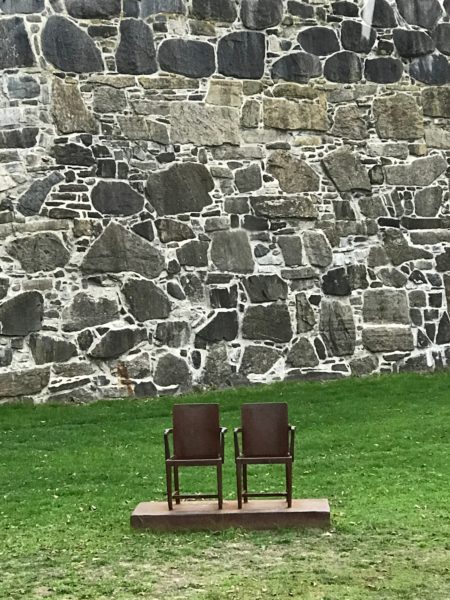
Empty Chairs © 2018 Bo Mackison
There’s also art near the Fortress with a more serious intention — it’s an art memorial for Jewish Holocaust victims.
Artist Antony Gormley described his sculpture in this way: “The Holocaust cannot be represented. I want to make a place to remember, to make a bridge between the living and the dead in order that these events and their implication should not be lost. The site is very evocative with the most minimal intervention. The presence of the excluding walls of the fort and the sea are already very powerful imaginative catalysts. The trees act as a witness to time and its passing.”
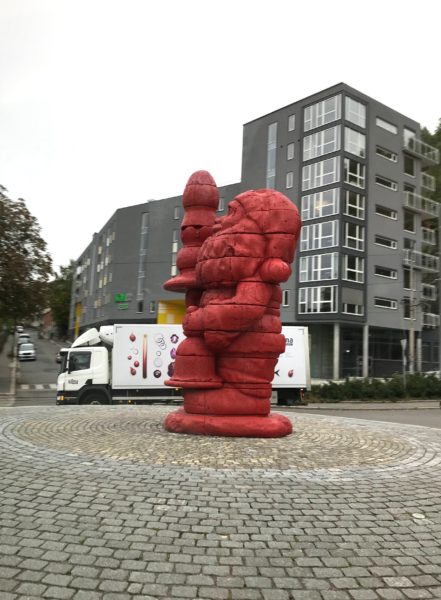
Santa by L.A. Artist Paul McCartney © 2018 Bo Mackison
We saw lots of street art while touring Oslo on our way to art in art museums. Art in Oslo is both inside and outside. Paul McCartney recently unveiled his sculpture Santa, a six-meter tall, Santa-red cast iron rendition of the holiday icon holding something that looks like a Christmas tree. Hm. It IS an interesting feature in the middle of a round about.
- Scream by Munch © 2018 Bo Mackison
- Rue Lafeyette By Munch © 2018 Bo Mackison
We then visited the National Gallery and saw several of Munch’s paintings, including his famed The Scream, Madonna, The Sick Child, Dance of Life and Puberty, plus lots of works by Munch’s 20th century contemporaries such as Harald Sohlberg, Henrik Sørensen, Ludvig Karsten and the sculptor Gustav Vigeland, and I especially enjoyed my introduction to the Scandinavian landscape painters and Norwegian Romanticists.
- Claude Monet’s Village of Sandvikan in Norway, 1895
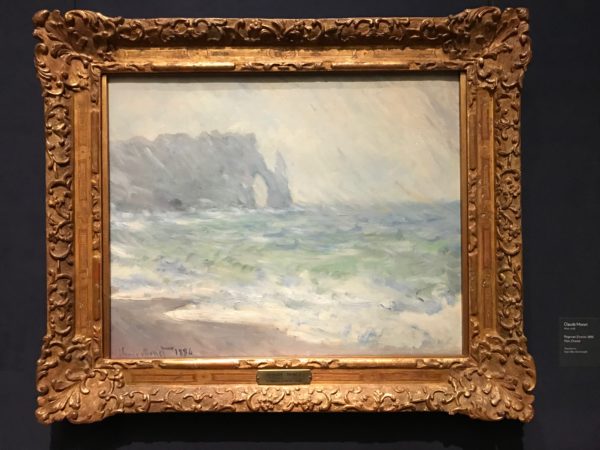
Monet’s Rain at Etratat, 1886t
More rooms displayed art by Monet, Manet, Van Gogh, Gaugin, Toulouse-LaTrec. And of course 90 minutes in any museum is never enough, and thus much of the museum’s collection required walk-bys, so I definitely need to plan another sojourn to Oslo.
Following our stroll through the National Gallery, we drove to the Munch Museum. Edvard Munch bequeathed all of his works and arts and papers to the city of Oslo. They are mostly housed in a museum built in 1964; a new museum is being built and will be completed next year.
I love the Munch Museum; I think I would love any museum dedicated to a single artist. Of course, other artist’s work is shown in the museum. We were there while this was open: Moonrise, An Exhibit of Marlene Dumas and Edward Munch. (Follow the link for all sorts of information.)
- View of Opera House from across Oslofjord
After our museum tour was over, we headed back to the ship. On the way we drove past the Opera House. Lots of people were walking up the structure. Architect firm is Snøhetta. Beautiful from afar!
From Wikipedia: “The roof of the building angles to ground level, creating a large plaza that invites pedestrians to walk up and enjoy the panoramic views of Oslo. While much of the building is covered in white granite and Tramadol 50 Mg Buy La Facciata, a white Italian carrara marble, the stage tower is clad in white aluminium, in a design by Løvaas & Wagle that evokes old weaving patterns.”
I have to come back to Oslo. I’ve never wanted to see opera before my life, but this building makes me want to come back and see opera!
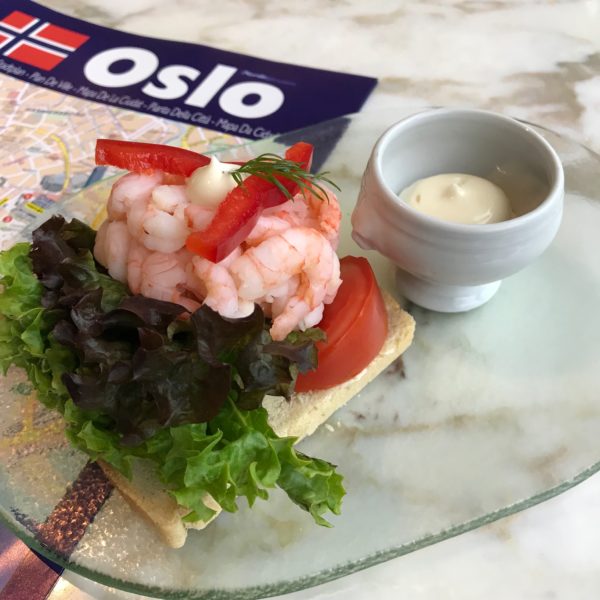
Smørrebrød on the Viking Sky © 2018 Bo Mackison
Smørrebrød! Yes. Back to the ship for lunch and our first taste of Smørrebrød, an open face sandwich with a bit of salad and a topping of meat or fish. (And then, after that meal, all seems well with the world!)
We canceled our planned excursion to Vigeland Park because of inclement weather (RAIN!) and an aching hip. Next time! But we were not about to sit on the ship with an entire city beckoning us to explore. So we walked across the street from the cruise ship terminal and took a steep set of stairs set into a grassy knoll to the back entrance of Akershus. A trek through a tunnel and an iron gate, and we were in the Akershus Fortress facing the harbor. What a view!
- Akershus Cannons at the Viking Sky © 2018 Bo Mackison
We played with the cannons, pretending to fire on the pretty Viking Sky. And then we strolled through the grounds, dodging the rainstorms, and eventually discovered Norway’s Resistance Museum. A must visit site.
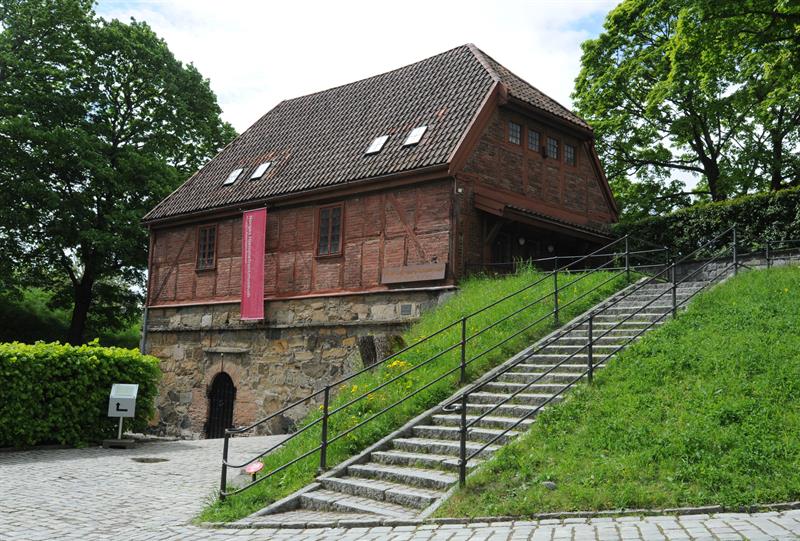
Norway Resistance Museum, photo from Visit Oslo.
The Norway Resistance Museum at Akershus Fortress documents Norway’s domestic WWII history from 1940-1945. The exhibition has re-created five years of Nazi occupation through pictures, documents, posters, objects, models, and original copies of newspapers and recordings. The Museum is located in a building that dates from the 17th century, and adjoins the memorial for Norwegian patriots executed during the war.
It’s a sobering museum, and yet it still speaks loudly, honoring the efforts of those that refused to give in, refused to remain quiet, even while risking their lives.
We set sail down the Oslofjord about 6 PM, and got ourselves dried off just in time to claim a front row seat in the Explorer’s Lounge and take in the stunning sunset.
We sail tonight heading for Aalborg, a change in plans. Due to high winds we’ll no longer be visiting Skagen, but will instead visit the historic city of Aalborg which lies in more protected waters.
